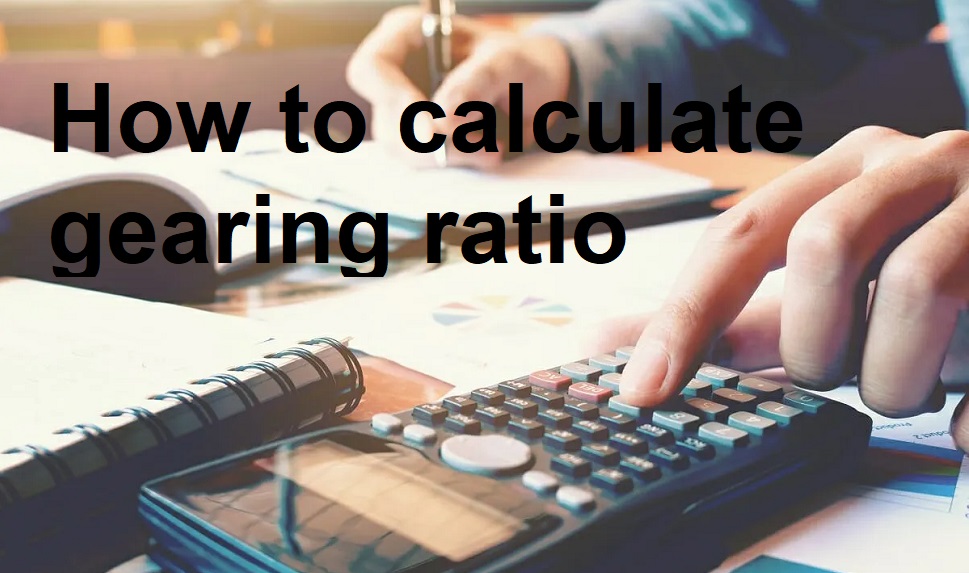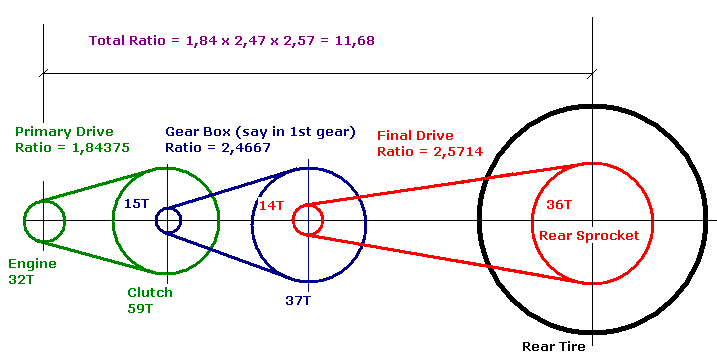
This team of experts helps Finance Strategists maintain the highest level of accuracy and professionalism possible. Our team of reviewers are established professionals with decades of experience in areas of personal finance and hold many advanced degrees and certifications. Get instant access to video lessons taught by experienced investment bankers. Learn financial statement modeling, DCF, M&A, LBO, Comps and Excel shortcuts. By submitting this form, you consent to receive email from Wall Street Prep and agree to our terms of use and privacy policy. A gear is a circular machine part that transmits torque when it meshes with its counterpart.
Learn At Your Own Pace With Our Free Courses
This allows the lender to adjust the calculation to reflect the higher level of risk than would be present with a secured loan. The analysis of gearing ratios is a very important aspect of fundamental analysis. The debt to equity ratio can be converted into a percentage by multiplying the fraction by 100. This is perhaps an easier way to understand the gearing of a company and is generally common practice. A gearing ratio is a useful measure for the financial institutions that issue loans, because it can be used as a guideline for risk.
Get in Touch With a Financial Advisor
For example, if you managed to raise $50,000 by offering shares, your equity would increase to $125,000, and your gearing ratio would decrease to 80%. While there is no set gearing ratio that indicates a good or bad structured company, general guidelines suggest that between 25% and 50% is best unless the company needs more debt to operate. Although financial leverage and financial risk are not the same, they are interrelated. Measuring the degree to which a company uses financial leverage is a way to assess its financial risk. Spread bets and CFDs are complex instruments and come with a high risk of losing money rapidly due to leverage. 69% of retail investor accounts lose money when spread betting and/or trading CFDs with this provider.
- Suppose a company reported the following balance sheet data for fiscal years 2020 and 2021.
- Investors are usually more attracted to companies with a low debt to equity ratio.
- Agicap is THE cash management solution that revolutionizes the way you monitor and forecast your company’s cash flow.
- A low ratio suggests that the company is employing more equity financing, whilst a high ratio shows that the company is significantly depending on debt financing to fund its operations.
Reduce the Working Capital Requirement
The main advantage lies in gaining a better idea of its reliability and ability to weather periods of financial instability. In this sense, the higher the debt to equity ratio, the more dependent the company is on its third parties. Lenders may use gearing ratios to decide whether or not to extend credit, and investors may use them to determine whether or not to invest in a business. In theory, the higher the level of borrowing (gearing) the higher are the risks to a business, since the payment of interest and repayment of debts are not “optional” in the same way as dividends. However, gearing can be a financially sound part of a business’s capital structure particularly if the business has strong, predictable cash flows.
But high ratios may work well for certain companies, especially if they are capital-intensive as it shows they are investing in their growth. They include the equity ratio, debt-to-capital ratio, debt service ratio, and net gearing ratio. A positive gearing ratio indicates that the company has more debt than equity, implying higher financial leverage.
Gear Ratio Calculator

The gearing level is arrived at by expressing the capital with fixed return (CWFR) as a percentage of capital employed. In this regard, a company’s creditworthiness and general financial stability are significantly influenced by its gearing ratio. Gear ratios can be used to determine the speed of rotation of a gear set if the input or output speed of the gear set is known. Our Next Generation trading platform offers Morningstar fundamental analysis sheets, which provide quantitative equity research reports for many global shares. These sheets help to support your fundamental analysis strategy and can provide a guideline for measuring a company’s intrinsic value. The risks of loss from investing in CFDs can be substantial and the value of your investments may fluctuate.
Equity holders (i.e., ordinary shareholders) are paid a dividend that varies each year with the volume of profits made. Ordinary shareholders are therefore said to have a variable return. In general, the cost of debt is viewed as a “cheaper” source of capital up to a certain point, as long as the default risk is kept to a manageable level. A ratio of more than fifty per cent indicates that the company has a large debt load relative to its equity. Agicap is THE cash management solution that revolutionizes the way you monitor and forecast your company’s cash flow.
A company whose cwfr is in excess of 60% of the total capital employed is said to be highly geared. Unlike other financial ratios, a gearing ratio focuses more on the concept of financial leverage than on the exact dependent care expenses ratio calculation. To calculate it, simply add up the long- and short-term debts then divide them by the equity. One way to understand how a company is financed is to assess its total debt to equity ratio.
We will first calculate the company’s total debt and equity and then use the above equation. Return on equity, or roe, is a measurement of financial performance arrived at by dividing net income by shareholder equity. A company whose CWFR is between 30% to 50% of its total capital employed is said to be medium geared. Also, a company whose CWFR is below 25% of its total capital employed is said to be low geared. If a company were to have a high D/E ratio, the company’s reliance on debt financing to fund its continuing operations is significant.